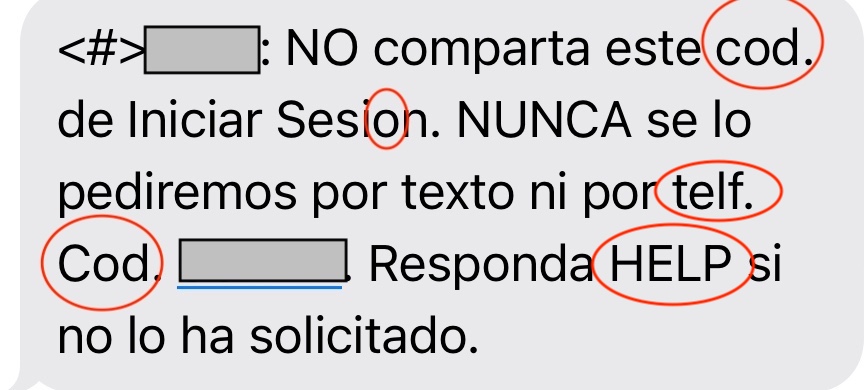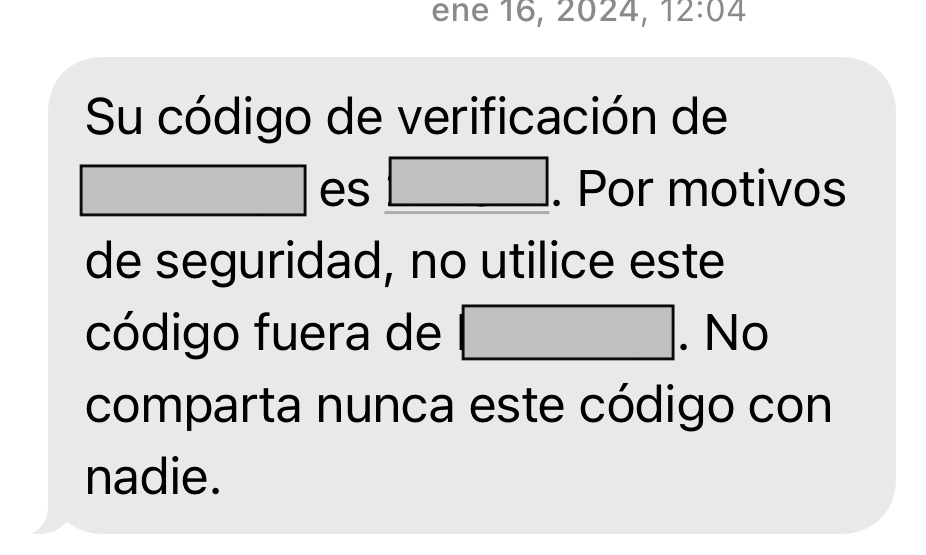One of the most overlooked areas in global communication is the technical limitations of reaching a worldwide audience, and SMS is one of the least understood.
Have you ever received an SMS in a language other than English that looked off? Full of strange abbreviations, missing accents, key info truncated, unlocalized content or just plain hard to read?

It’s not just a typo or a bad translation. More often than not, it’s a result of character set limitations that directly affect SMS length, and ultimately, cost.
Why spelling and grammar mistakes happen in SMS
It’s not that linguists don’t know how to abbreviate or spell things correctly. The issue lies in the GSM-7 character set, the standard for SMS encoding.
If your message uses only GSM-7 characters, each SMS allows for 160 characters.
But if even one character falls outside of GSM-7 (such as ñ, á, €, or emojis), the entire message is encoded in Unicode, and your limit drops to 70 characters per SMS.
That’s right: one accented character can more than double your cost.
For that reason, this SMS

is far more expensive than the previous one.
Here’s a breakdown of what is supported in GSM-7:
- Uppercase: A–Z
- Lowercase: a–z
- Numbers: 0–9
- Special characters: @ £ $ ¥ è é ù ì ò Ç Ø ø Å å Δ _ Φ Γ Λ Ω Π Ψ Σ Θ Ξ Æ æ ß É ! ” # ¤ % & ‘ ( ) * + , – . / : ; < = > ? ¡ Ä Ö Ñ Ü § ä ö ñ ü à
- and Space.
If your localized SMS includes anything outside this set, it will trigger the reduced character limit.
How companies approach this challenge
Different companies take different approaches when balancing cost and user experience.
No oversight of the localized versions + strict length limit over message length
The company enforces a hard character limit (typically 1 SMS) for all languages, but does not involve UX writers or localization experts to optimize messaging for each market.
Pros: Keeps costs low.
Cons: Translations may be truncated, and non-GSM-7 characters can reduce usable length, leading to broken or incomplete messages. Users may miss key information.
Oversight of the localized versions + strict length limit over message length
The company actively involves the UX writers and the localization team while still enforcing strict length constraints. This might result in tailored, shorter SMS versions for certain locales.
Pros: Balances cost-efficiency with language accuracy and message clarity.
Cons: Requires tight coordination and ongoing management, which can complicate workflows and increase maintenance overhead.
No length limit over message length
The company allows linguists full freedom to localize content without SMS length restrictions.
Pros: Enables full expression in every language and ensures better user experience.
Cons: Costs can rise significantly due to multi-part SMS messages and scaling may become difficult. Reversing this approach later is often complex and costly.
What’s the right approach?
There’s no one-size-fits-all solution. Your SMS strategy should depend on:
- How critical SMS is to your customer experience
- Your budget
- Your localization maturity
- Your willingness to re-evaluate as scale grows
But one thing is clear: understanding the technical limitations of SMS early can save you time, money, and a lot of user frustration.

Leave a Reply